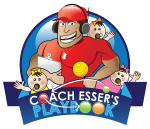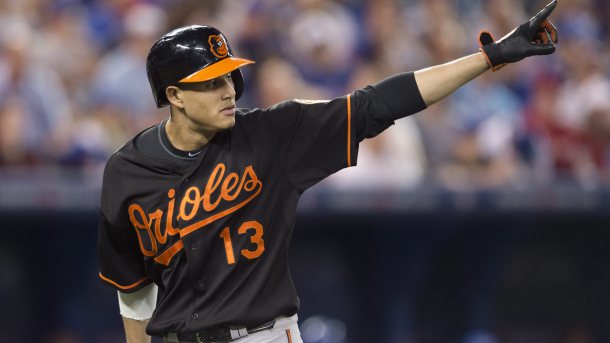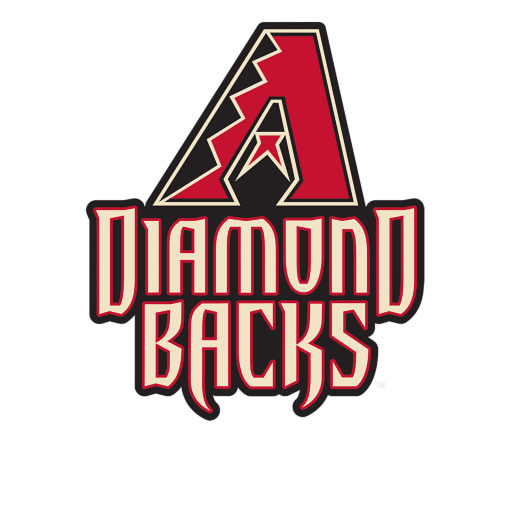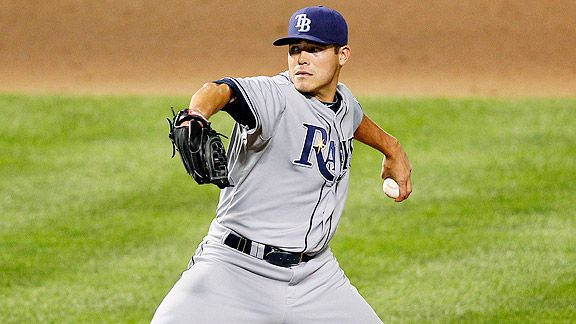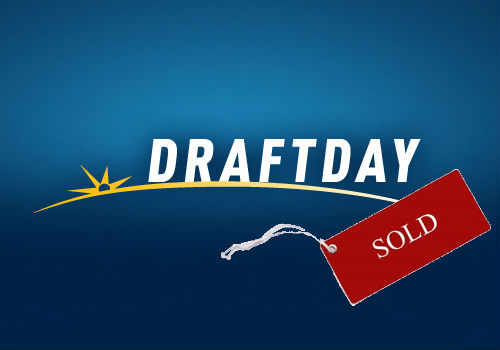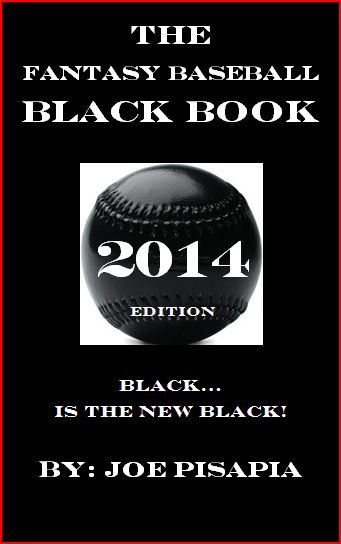DraftKings MLB DFS Must Plays | Stay Aways | The Bargain Bin | April 28
DraftKings MLB DFS Must Plays | Stay Aways | The Bargain Bin | April 28
Busy night on the diamond with 14 teams in action past the 7:07 ET first pitch. In todays article, I will outline what must plays and stay aways you should be aware of as well as some cheap players that will produce for you in the bargain bin.
Must Plays
Sean Manaea – LHP ($7,600) – vs Houston Astros
Sean Manaea is the Athletics’ prized prospect that came over in the Ben Zobrist trade. Manaea has been carving batters up in Triple-A, averaging 10.5 K/9. A strikeout happy pitcher, Manaea will have the opportunity to square off against a strikeout happy lineup. As a wholehe Astros have struckout the most in the majors, a whopping 224 times. Manaea will be a chalky play, so use him accordingly in cash games.
Manny Machado – 3B ($4,200) – vs Chicago White Sox
Manny Machado has been raking at home. He sports a .455 AVG a .512 SLG%. He’s ran into a bit of a slump lately (all while on the road) so many people will be off of him. In DraftKings, we love the long ball and Machado is no stranger to launching one past the fence. Carlos Rodon is who he’ll be facing and Rodon has been prone to making atleast one major mistake a game. Machado should be the man to take advantage of that.
Stay Aways
Jimmy Rollins – SS ($4,100) – @ Baltimore Orioles
Let’s start by saying that Jimmy Rollins is 37 years old. He doesn’t swipe bags and he doesn’t hit homeruns. Banking on him to have a multi-hit game is both risky and not suggested. If you’re going to spend up at the SS position, there are much better names to spend your money on.
Jake Peavey – RHP ($7,500) – @ New York Mets
Jake Peavey is grossly overpriced, especially against the Mets. He’s had one good outing all year and he only racked up 19 DK points. While he doesn’t walk a ton of batters, he doesn’t strike them out either. So even if he gives you a quality start – his ceiling is about 20 DK points.
The Bargain Bin
Juan Nicasio – RHP ($5,800) – vs Cincinnati Reds
The best part about this matchup is the fact that the Reds haven’t figured out how to score on the road. Their 29 runs scored is the lowest number in the National League. Juan Nicasio’s hard hit ball percentage is at the lowest mark of his career (20.8%) and his high K/9 has carried over from last year (10.03 – 9.45). Nicasio is a must play against the power-less reds.
Brandon Drury – 3B/OF ($3,000) – vs Colorado Rockies
Brandon Drury is getting a ton of playing time in Arizona and rightfully so. He launched a 442 foot homerun last night and has a .950 OPS. His walk rate could use a bit of help but if he’s swinging the hot stick, he doesn’t need to walk for DFS purposes.
Thanks for reading! If you have any MLB DFS or season long questions – feel free to contact me via Twitter @BESTofMATT
